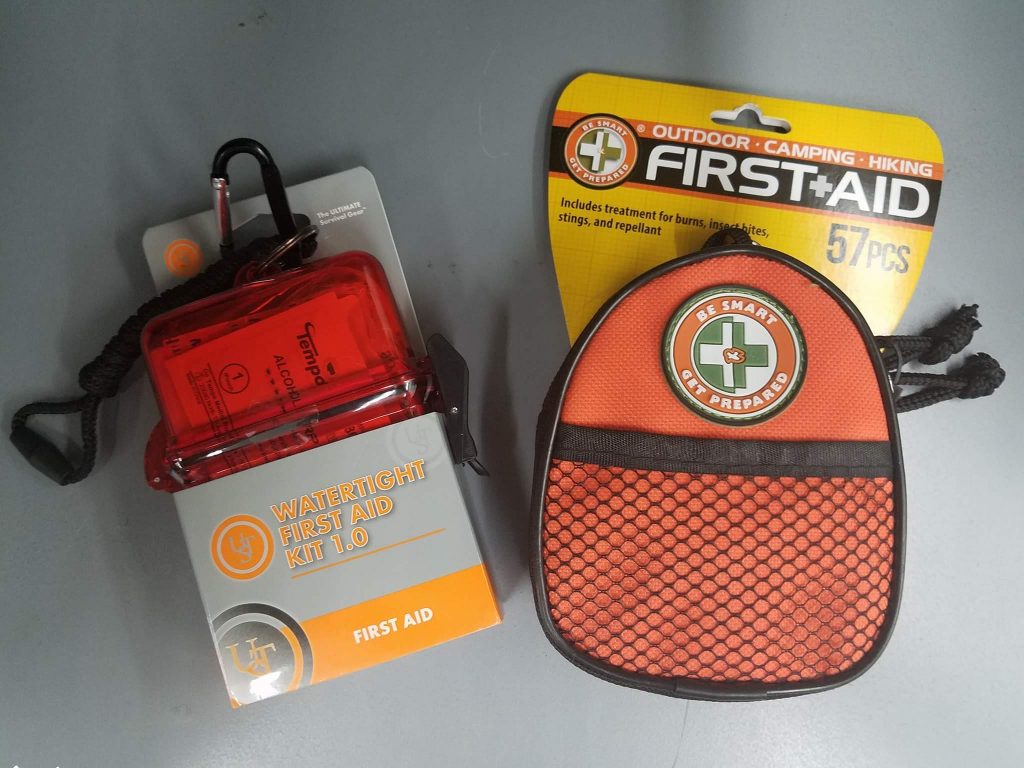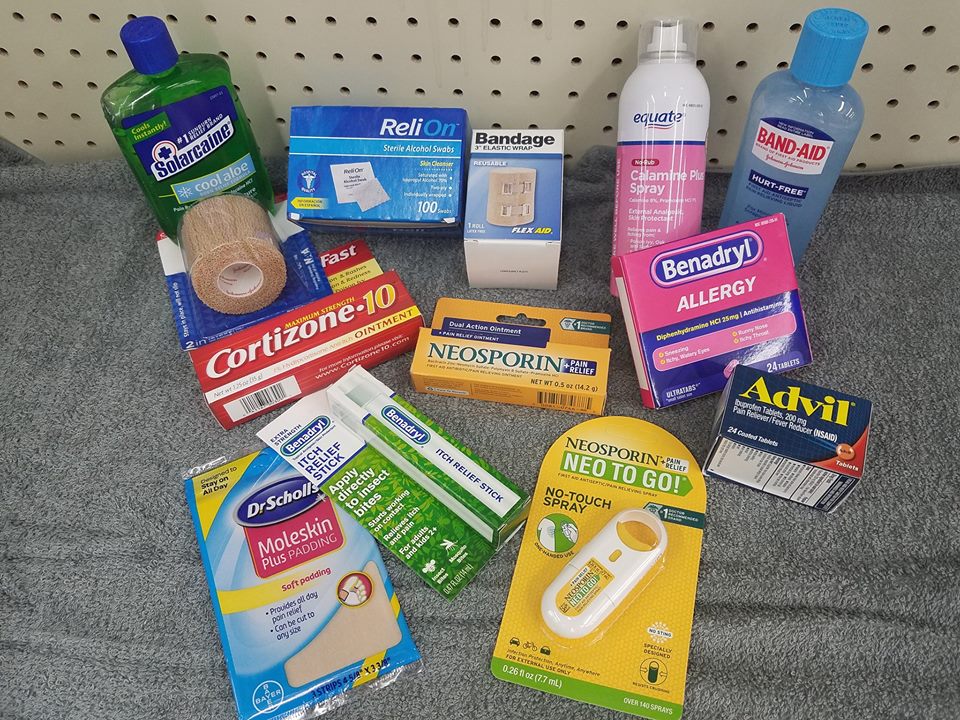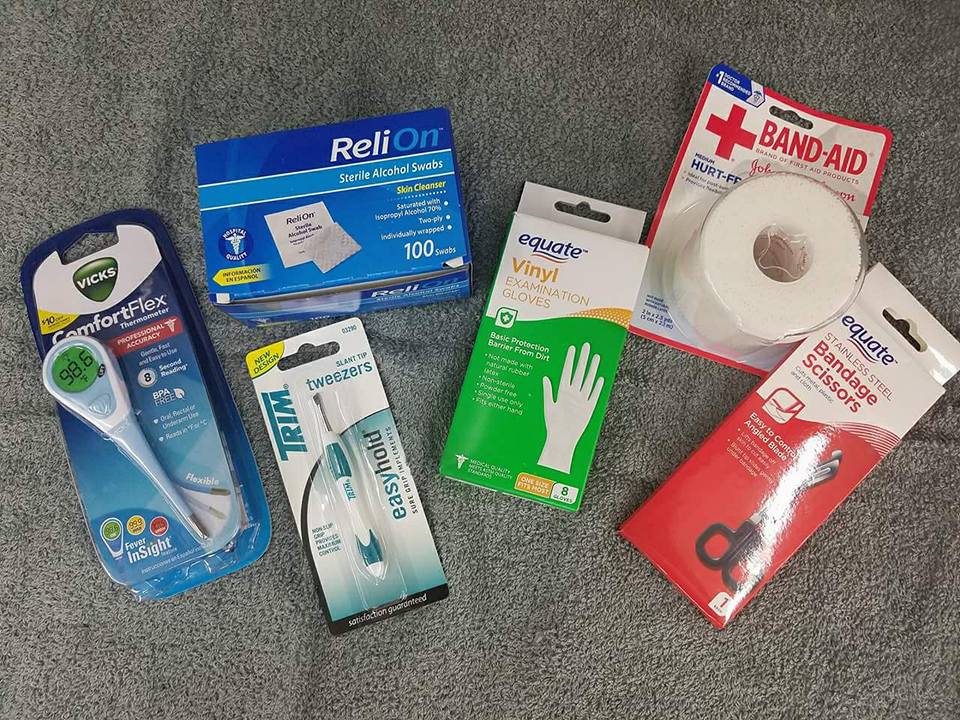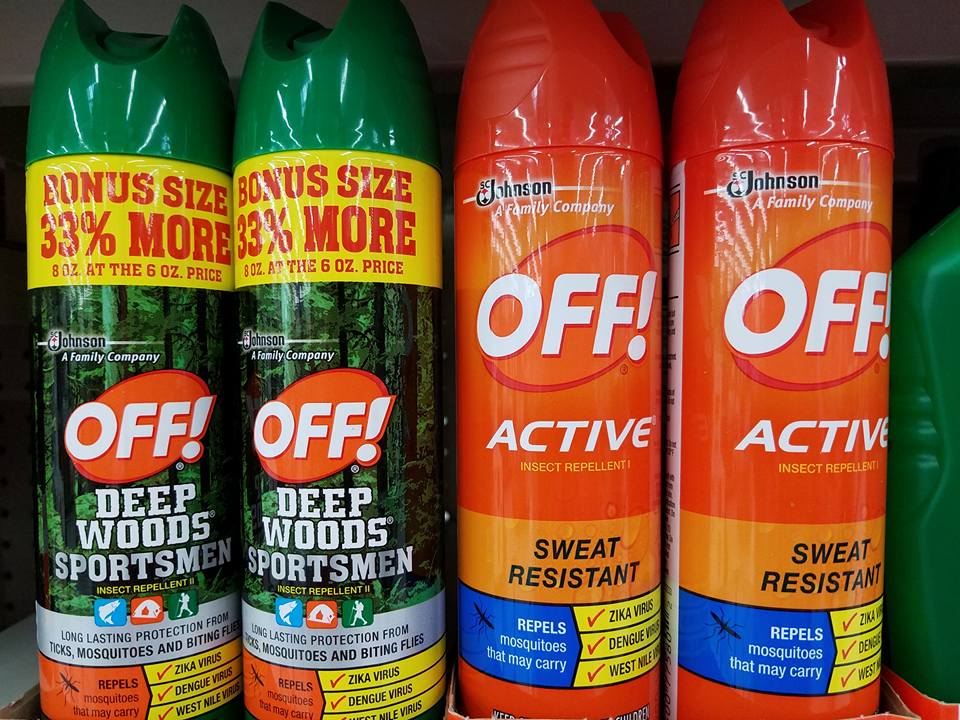We’ve all heard it a million times— “It’s all fun and games until someone gets hurt”. Sometimes we get so engrossed in having fun that carelessness, clumsiness, and inattentiveness result in some sort of minor injury. Burns, bruises, cuts, scrapes, and splinters always seem to be part of camping and RV excursions. Before heading out, you’ll want to have a well-supplied first aid kit.
Here at Outdoorsy, we want you to get out, have fun, and explore with safety in mind. In this article, we’ll tell you where you can find a first aid kit and what it needs to contain.
Where can you get an RV first aid kit?
First aid kits can be purchased online, at most big box stores, pharmacies, and even camping stores. They range in prices from $5-$100. You can buy pre-stocked kits that are designed for specific activities, such as hiking, camping, or boating. Or, if you prefer, you can make your own designed specifically to your family’s needs.
Whether you buy one already pre-stocked or assemble your own, make certain it has all the contents you may need. Restock when necessary and make sure you keep track of expiration dates. A good rule of thumb is if you open it or use it, replace it.
If you have pets, remember to include their needs too! If your four-legged companion is joining you on your journey, be sure to pack pet first-aid items as well.

Where should you keep an RV first aid kit?
You want your first aid kit to be in an easily accessible location. Your main first aid kit will likely be safely stowed away in your RV or towing vehicle for the duration of your trip. Make sure that everyone knows where the first aid kit is located. If there is ever an emergency, you want every member of your party to be able to get to it quickly.
While you may not carry your big kit with you out on the trail or water, it is always wise to pack some essentials. A small pack may contain items like antiseptic wipes, bandaids, and gauze. They can be a lifesaver if you find yourself separated from your main kit.
What should be in your RV first aid kit?
If you decide to make your own, we’ve put together a recommended shopping list of supplies. You may enlist your age-appropriate children to help you gather the essential supplies and show them how and when to use them. Importantly though, keep first aid kit contents, especially sharp tools, OTCs, and prescriptions out of children’s reach if they’ve not been properly trained on how to use them. It’s also a good idea to put your physician’s contact information inside the kit. Here’s a great video from Outside that shows how to make a proper kit for the outdoors, but we’ve also included an expanded list of items below.
First Aid Triage Medical Supplies
From wild animals to prickly plants, there’s no telling what you’ll encounter while RVing. It’s always good to have these items in your kit:
- Antiseptic Wound Cleanser and/or Wipes
- Gauze Rolls (2″ and 3″ wide)
- Sterile Non-stick Gauze Pads
- Hypoallergenic Adhesive Tape
- Alcohol Swabs
- Antibiotic Cream/Ointment
- Calamine Lotion
- Hydrocortisone Cream
- Liquid Bandage
- Liquid Saline Solution
- Ice Packs
- Ace Bandage or Stretch Tape
- Cotton Swabs
- Medical/Surgical Gloves
- Splint(s)
- Anti-Inflammatory Pain Relief Medication (Ibuprofen, etc.)
- Aloe Vera Topical Gel
- Bottle(s) of Purified Water
- Small First Aid Manual or Info Cards
Your tools, bandages, and medications should be clean, sharp, and dry. Be sure to regularly check expiration dates and replace as needed. You don’t want to make situations worse by ingesting or applying expired products.

First Aid Kit Tools
Your first aid kit should also include some basic medical tools. These will come in handy when you need them!
- Tweezers
- Sewing Needle with Heavy Duty Thread
- Small Flashlight
- Safety Pins
- Sterile Sewing Needle with Thread
- Pocket Knife or Multi-Tool
- Oral Thermometer
- Surgical Scissors
- Irrigation Syringe
- Small Mirror
- Medical/Surgical Gloves (not latex)
- Disposable Surgical Mask
- CPR Mask (one-way valve)
- Eye Wash Cup
- Medical Waste Bag (plastic zipper bag)

Those are just the basics for general first aid. If you happen to be in more complex surroundings that may require more extensive treatments or special needs, our list extends to the following recommendations, but not limited to:
- EpiPen (prescription only for allergies)
- Snake Bite Kit (should be familiar with to be able to administer)
- Insect Sting Relief Treatment
- Antihistamine
- Benedryl
- Prescription Medication (in proper bottles showing dosage)
You can also mitigate some injuries before they happen by including preventative care and health maintenance supplies with your first aid kit.
Preventative Care and Health Maintenance Supplies
First aid kits aren’t just for injuries and illness after the fact. You can also include these items to prevent things like sunburn and bug bites.
- Insect Repellent
- Sunscreen (30+ SPF)
- Lip Balm (with SPF)
- Antibacterial Soap
- Hand Sanitizer
- Antibacterial Wipes
- Moleskin (to help prevent blisters or chafing)
- Anti-Chaffing Stick or Cream
- Sunglasses (with UV protection)
Using these will help keep the rest of your kit untouched!

Be Prepared
Regardless if you’re RVing or living at home, everyone is encouraged to take an American Red Cross First Aid Course. You should learn how to treat and care for minor injuries and wounds. If injuries are more severe, proper triage will buy precious time until you can get to a medical professional. Further, it’s smart to get (re)certified in an American Red Cross CPR Course for both children and adults. There may come a day when you are the only one available to render aid.
The important thing is to be be prepared for what could happen on the road or away from home. Always stay calm and keep your injured calm. Having the first aid essentials necessary to mitigate further or more complex injuries will allow you to continue enjoying your RV or camping excursions.








